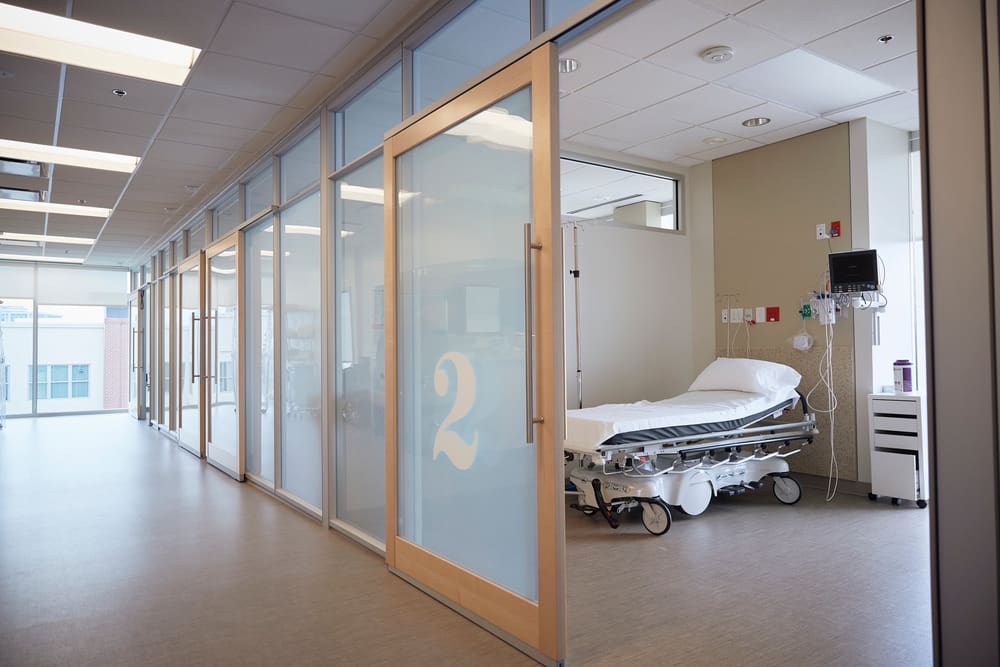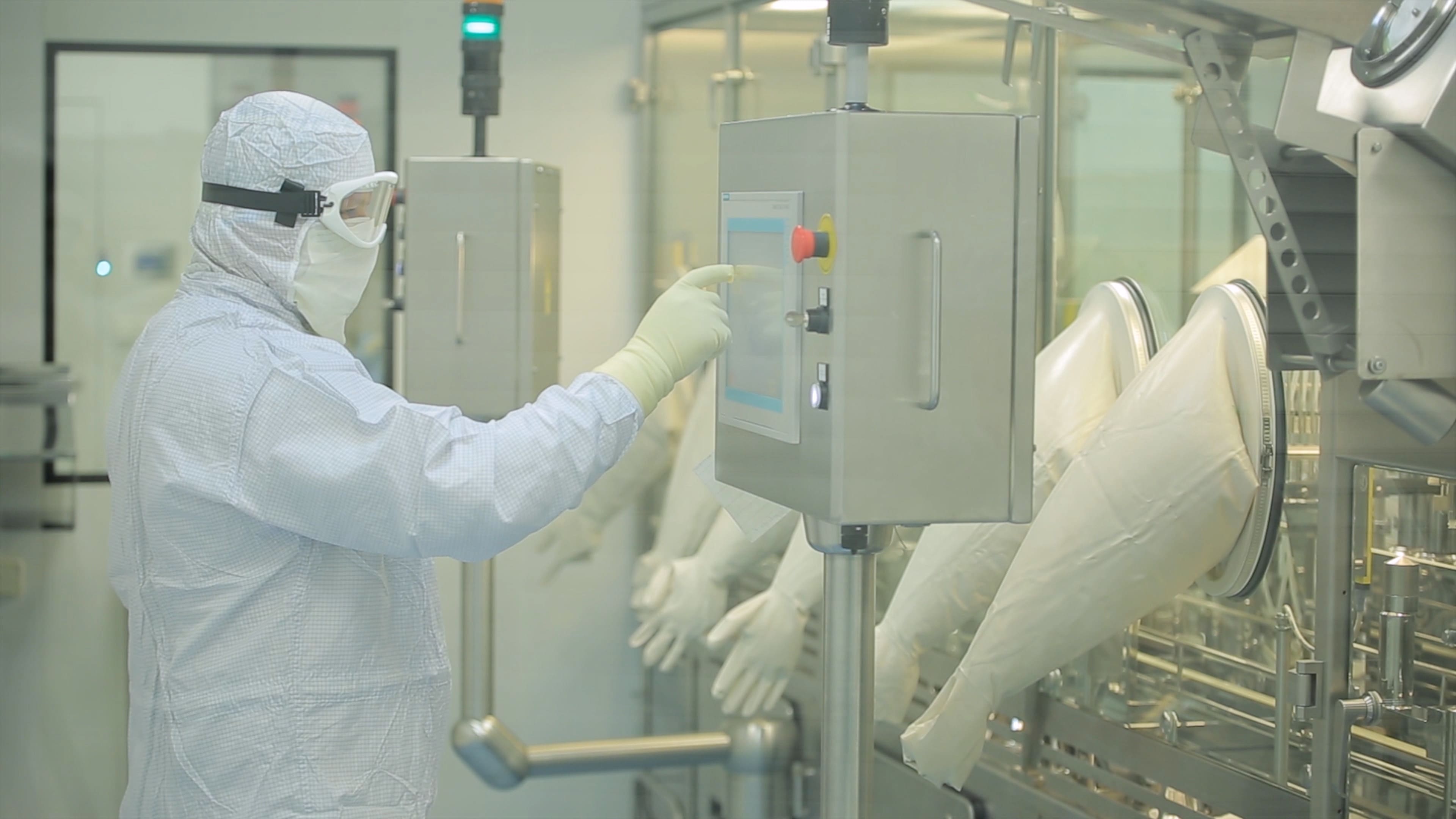Love the truth even if it hurts you… African proverb – the state of South African SOES
History of state-owned enterprises (SOEs)
The sanctions inflicted on apartheid South Africa led to the government of the time creating a lot of SOEs to increase self-sufficiency in a country isolated from world trade.
The new post-apartheid democratic government inherited a vast array of SOEs which were kept in government’s hands as it served its leftist ideology of central government control, even though most of the world had shifted away from communism with the fall of the Berlin wall in 1989.
More free market-oriented policies and greater freedom for private sector enterprises are not genuinely supported and are hindered by bureaucracy and obstruction at SOEs. Today, the desire to build a “capable developmental state” is still strongly promoted by politicians but impaired by corruption and poor performance of the SOEs.
Why SOEs are considered strategic assets
The WOW report on SOEs in South Africa states that over the past two decades, government has spent more than R308bn bailing out and recapitalising SOEs, with total SOE debt standing at R692.9bn at the end of the 2021 fiscal year.
Government deems SOE assets “strategic” to support the aim of achieving equitable economic transformation, and that they should therefore remain under state control. In fact, they could better serve the economy if they were privatised.
The fundamental question is what “strategic” assets should government be investing its scarce funds in for economic growth? The honest answer is that it should not be all of them. A good example of how the release of economic assets to the private sector can engender innovation and growth is the telecommunications sector.
Privatisation of SOEs as an option
Three years after 1877, the year in which the first telephone line and switchboard were developed, 49,000 telephones were in use. The US government realised the importance of the sector and took control of it. For about 100 years, governments worldwide had national post and telecoms departments and businesses. Progress was made, but that pales in comparison to what happened after the advent of mobile telecommunications and, essentially, the privatisation of the sector in the 1990s. Phenomenal innovation, cost reductions for consumers and booming businesses emerged. Many peripheral value-adding services opened up, spawning new products and services. In turn, governments benefitted many times over compared to what would have been had the industry remained in government hands. Some deregulation and less bureaucracy and burdensome rules made it possible for the sector to grow, benefitting all stakeholders including the government.
If replicated in other sectors, this model of having government withdraw from economic activities that can be better carried out by the private sector will yield much better results and prospects. That would also relieve the government from lending support to SOEs by way of state guarantees, and enable it to invest its resources in real development work such as housing, education and health, that are currently hobbled and not producing the desired outcomes.
South African SOE challenges and benchmarks
Besides telecoms, there are other South African SOE activities that have been performed well in the private sector sphere in many other countries including power generation, aviation, broadcasting, transport and harbours, and manufacturing. They provide enough lessons and benchmarks for the South African government to extract. Below are several observations made in the WOW report regarding the management of about 700 SOEs, highlighting a few challenges that lead us to the conclusion that government should review is SOE framework.
♦ Most SOEs are relying on government bailouts to stay afloat.
♦ Nearly all SOEs are unable to operate effectively and are a threat to the economy.
♦ Corruption and irregular and wasteful expenditure continue.
♦ Political appointments are made to boards and senior management.
Economic impact of government support for SOEs
Importantly, the regular re-capitalisation and guarantee support measures are downgrading South Africa’s credit rating. This has far-reaching consequences such as increasing interest rate costs, limiting the ability to invest fresh funds and severely constraining the ability to support promising projects that can grow the economy and boost employment. Infrastructure development is currently hindered by the fact that the government does not have enough resources to pay for professional services required for project preparation, and as a result, it looks to the private sector to make such investments on risk without the guarantee they will be awarded the work.
As indicated in the recent medium-term budget, government committed to take over about R250bn of Eskom’s debt, adding about 2.7% to South Africa’s already critical debt/GDP ratio, which was high before the additional burden of the inflation-busting public service wage increase.
There was a disturbing report on the Politicsweb website regarding the state of affairs at the Passenger Rail Agency of South Africa (PRASA). According to the article, the 2021/2022 annual report reveals that “matters are going heavily pear-shaped with the choo-choos”. In short, of the country’s 590 stations, only 134 are functional, 323 have been completely vandalised and there’s no word on the state of the other 133. Of the 40 train lines, 21 have stopped altogether, and of the country’s 2,228 kilometres of signal cables, some 1,100 kilometres have been stolen. Of the more than 4,000 coaches in its fleet, only 800 are operational and in service.
What happened to the people who used to work on keeping the trains functioning and on track? Were they retrenched or are they kept on the SOE’s payroll? That is a question for another time.
It’s no use crying over spilt milk – it is time now for government to reconsider which SOEs are strategic and shift most SOE activities to the private sector with the necessary accompanying deregulation, and let the ingenuity of the free market blossom.
Contact us to access WOW's quality research on African industries and business
Contact UsRelated Articles
BlogCountries Human health and social work activitiesSouth Africa
The cleaning products industry – trends and sustainability
Contents [hide] Making soap is a simple process of adding caustic soda to water and mixing it with oil, yet the industry has become one of the most essential and...
BlogCountries Human health and social work activitiesSouth Africa
Is the South African healthcare sector in crisis?
Contents [hide] Introduction Information on the healthcare sector is plentiful and summarised in the latest WOW report on the healthcare sector in South Africa. Besides the issue of the relatively...
BlogCountries Human health and social work activitiesSouth Africa
Exploring Pharmaceutical Companies in South Africa
Contents [hide] The pharmaceutical industry in South Africa, like in many other countries, is made up of a mix of local and international owners. Over the years, multinational pharmaceutical companies...





